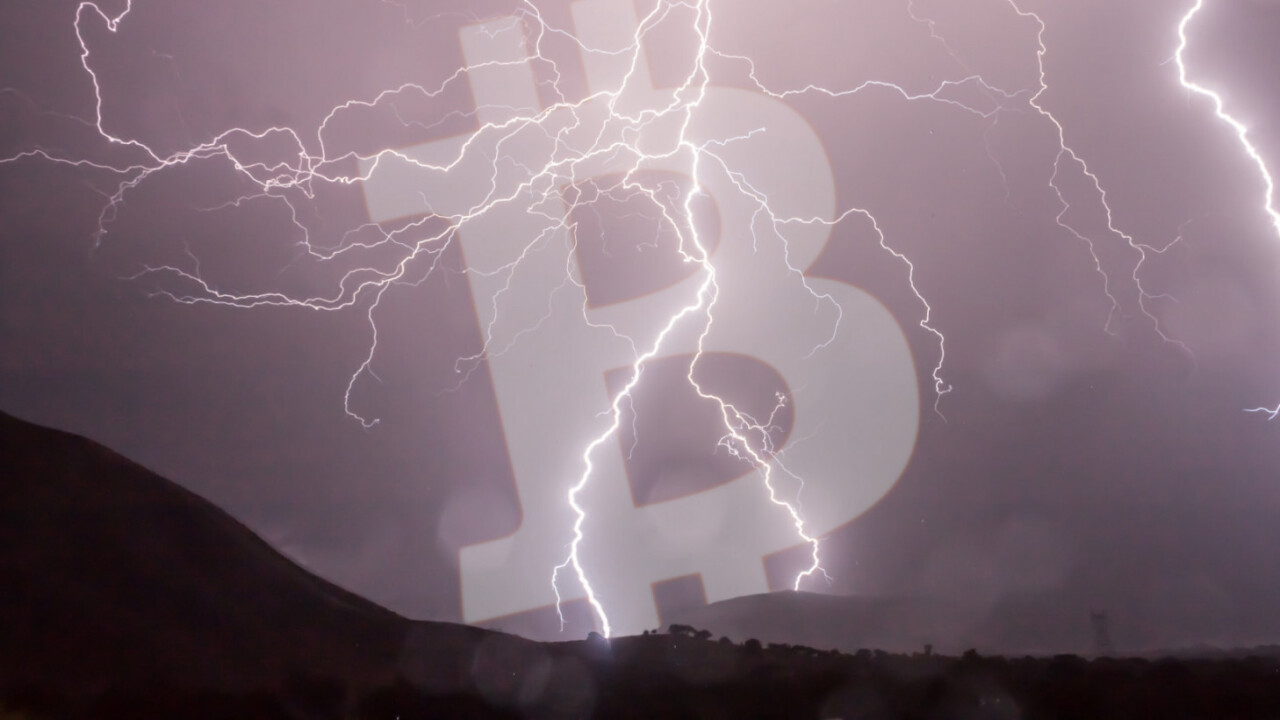
Welcome to Hard Fork Basics, a collection of tips, tricks, guides, and advice to keep you up to date in the cryptocurrency and blockchain world.
The Lightning Network is getting so big that its capacity has recently surpassed the $1.5 million mark.
Its proponents peg the Lightning Network as Bitcoin’s most promising scaling solution. It’s said to be able to handle 50,000 transactions per second – a figure nearly double what VISA claim to process.
But if the Lightning Network isn’t a blockchain, what is it and how does it work? This article will try and answer these questions as quickly as possible, but first it’ll help to have a little reminder about the problem it is trying to solve.
A reminder about Bitcoin’s scalability ‘problem’
Bitcoin transactions are verified using a process called Proof-of-Work, while it’s great at confirming transactions, it’s kind of slow and cumbersome. By design, Bitcoin transactions take a while to verify – in comparison to our world of instant gratification at least.
As Bitcoin has grown in popularity, the slowness of its verification process has become the focus of a contentious debate about how the Bitcoin blockchain should be “scaled” to increase its throughput. There are numerous solutions being developed, and the Lightning Network is one such proposal.
So, what is it?
You might often hear people talk about the Lightning Network as a “second layer” payment protocol. Basically, this means it exists “on-top” of a blockchain. The main principle behind the Lightning Network is that not all transactions need to occur on the blockchain.
Essentially, the Lightning Network allows two people to transfer cryptocurrency directly, rather than via the main Bitcoin blockchain.
Say David and I are regularly paying each other back in Bitcoin for the beers we’re always buying each other. Rather than paying each other back directly, using conventional (and slow) Bitcoin transactions, we could set up a Lightning Network payment channel.
When we setup this channel, what we’re actually doing is setting up a special kind of wallet that only we can access. Initially, we would both put some Bitcoin into that wallet and use those funds every time we want to quickly send some coins to each other.
Every time I buy David a beer, he can pay me back quickly and directly with minimal fees using this channel. When we decide to close this wallet our final balances are settled using Bitcoin’s Proof-of-Work blockchain.
Effectively, the Lightning Network operates by generating IOUs between the parties of a payment channel. Technically, no one actually owns the money held in that channel whilst it is open.
When it’s closed, all of those IOUs are settled, and the Bitcoin balances of all relevant parties are amended accordingly with the most up-to-date transaction record, ensuring their validity.
Sounds great, what’s the catch?
While taking payments off the blockchain might lower transaction times and fees, it also introduces some new challenges.
If a Lightning Network node “goes down” the payment channel will automatically close. Any funds held in that channel will be updated and the remaining balances sent to the users of that channel using the blockchain. So, if node failures became common it could make using the network quite frustrating.
As Lightning nodes need to be online all the time to keep the payment channels open, “cold storage” of funds held on the Lightning Network is not possible. With that in mind, it would seem the Lightning Network will only ever be suitable for low value transactions.
Also, by operating “off-chain” the Lightning Network sacrifices some of the security associated with a cryptographically secured decentralized system. Earlier this year developers warned that the Lightning Network could be susceptible to denial of service attacks as a result.
To deliver a more robust system, the Lightning Network may end up creating a more centralized payment network. Given that blockchain and Bitcoin is supposed to be decentralized, the jury is still out on whether this is a politically sustainable strategy.
Get the TNW newsletter
Get the most important tech news in your inbox each week.





